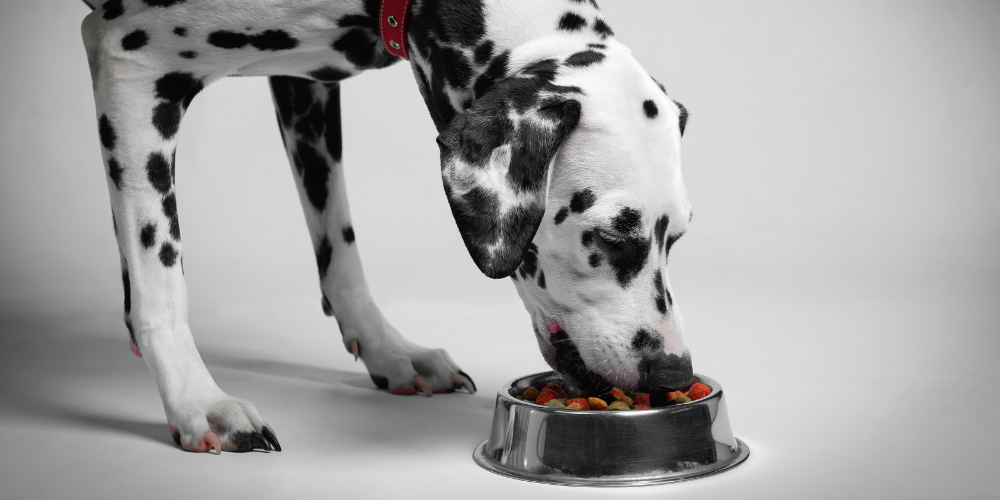
Common Food Allergies and Intolerances in Dogs
Just like humans, dogs can have food allergies and intolerances. If your dog has ever had an upset tummy, itchy skin, or started scratching after eating something new, food could be the culprit. Knowing what to look out for – and how to manage it – can help keep your dog happy, healthy, and itch-free.
What’s the Difference Between an Allergy and an Intolerance?
An allergy is when your dog’s immune system reacts to something in their food, usually a protein. This can cause symptoms like itchy skin, ear infections, and even vomiting or diarrhoea.
An intolerance, on the other hand, doesn’t involve the immune system. It usually means your dog can’t properly digest something – like lactose in milk. This can lead to gas, bloating, or loose stools.
Signs Your Dog Might Have a Food Allergy or Intolerance
Food allergies and intolerances can show up in a few different ways. Look out for signs like:
- Constant scratching, especially around the face, ears, paws, or belly
- Red, inflamed skin or recurring ear infections
- Vomiting or diarrhoea after eating
- Gassiness or bloating
- A dull or flaky coat
If you notice these symptoms regularly, it’s worth chatting to your vet. They can help rule out other causes and suggest next steps.
Common Food Allergens for Dogs
The most common food ingredients that cause allergic reactions in dogs include:
- Beef – One of the most common culprits
- Chicken – Another protein many dogs can become sensitive to
- Dairy products – Many dogs are lactose intolerant
- Wheat – Some dogs struggle to digest gluten
- Eggs – Can cause skin issues and gut upset in sensitive dogs
- Soy – Found in many commercial dog foods
It’s not always the new or fancy foods causing the problem – sometimes it’s something they’ve been eating for years.
How to Diagnose a Food Allergy or Intolerance
There’s no quick test to check for a food allergy in dogs. The best way to find out is through an elimination diet – this means feeding your dog a simple, limited-ingredient diet (with a novel protein they’ve never had before) for about 8–12 weeks.
If symptoms improve, it’s likely a food issue. Then you slowly reintroduce foods one by one to identify the trigger.
Always work with your vet for this process – it takes time and patience, but it’s worth it to get to the bottom of what’s bothering your dog.
What to Feed a Dog With Food Sensitivities
Once you know what your dog is reacting to, avoiding the trigger is key. You can:
- Try a hypoallergenic or prescription diet recommended by your vet
- Choose a novel protein (like duck, kangaroo, or fish)
- Pick grain-free or limited ingredient diets
- Look for foods with no added dairy, soy or artificial preservatives
Also, remember to check treats, supplements and even chew toys – allergens can hide in surprising places.
Summary
Food allergies and intolerances are more common in dogs than you might think. If your dog’s constantly itchy or has tummy troubles that won’t go away, it could be something in their bowl. Keep an eye out for symptoms, work with your vet, and once you find the trigger, there are plenty of safe, tasty alternatives out there.



